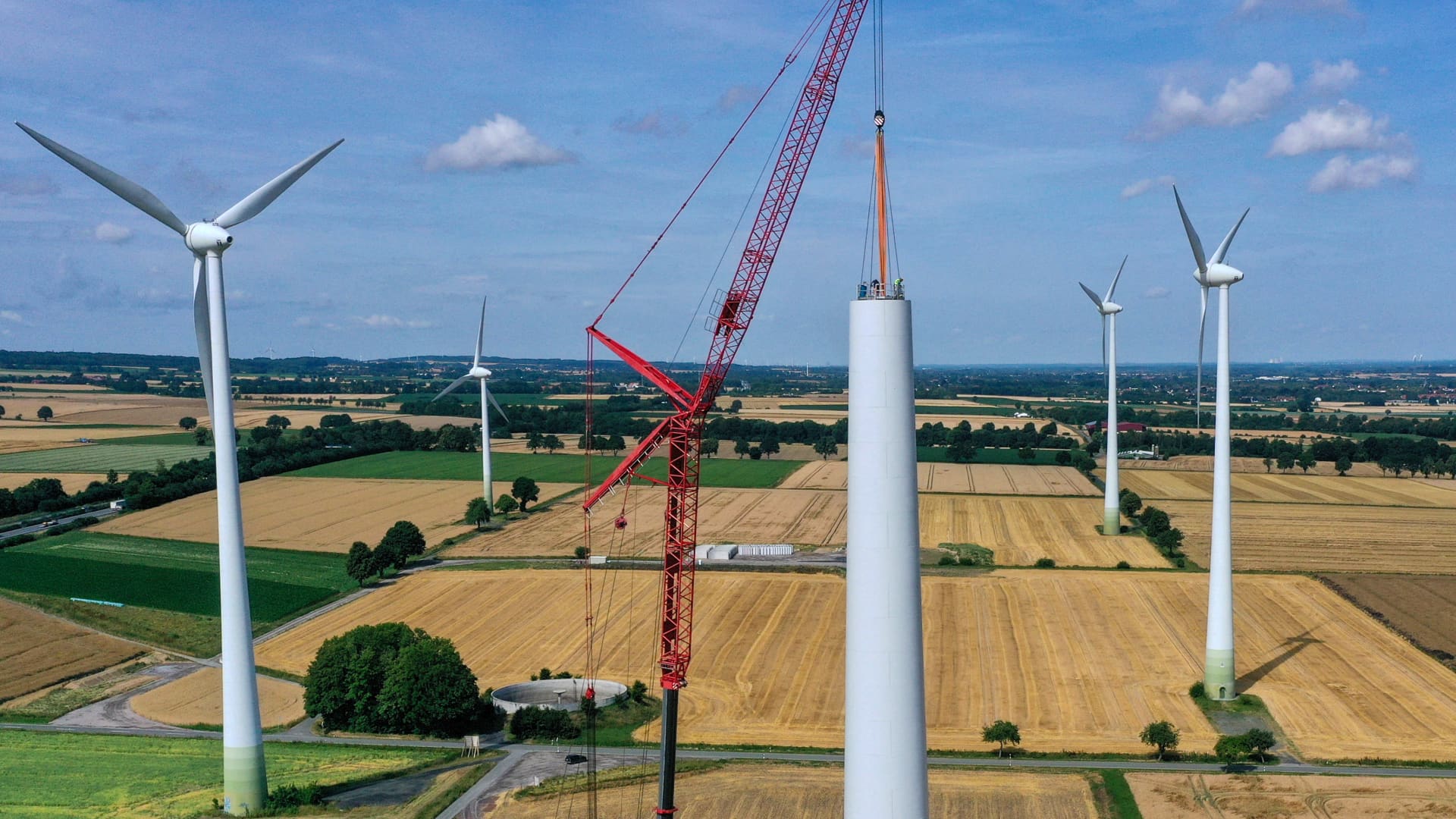TikTok adds to Ireland’s data storage boom amid energy concerns

An illuminated raised walkway connects buildings of the Google Inc. European headquarters in Dublin, Ireland, on Thursday, Nov. 24, 2016.
Chris Ratcliffe | Bloomberg via Getty
With another tech giant planning to bring a data center to Ireland, experts weigh up the challenges that this burgeoning industry is bringing to the country.
Last month, TikTok announced that it was investing up to $500 million in a center in Ireland, its first in Europe. The news from the popular app, currently at the center of tension between Washington and Beijing, meant it was joining the ranks of several other major companies that have based data centers in the Republic of Ireland.
Microsoft, Facebook, Google and Amazon are among the names that have broken ground in the country to construct massive server halls to handle their waves of data.
Amazon Web Services operates several facilities in Ireland and has been expanding. It received the go-ahead from authorities in February to build a new facility in the town of Drogheda and in July unveiled a further investment in Ireland with 1,000 more jobs to support its AWS operations.
Names that may not be as familiar but are still major players in the data center business have all done the same like Equinix, Interxion, EdgeConneX and CyrusOne.
Garry Connolly, founder of industry group Host in Ireland, said that the origins of the data center boom can be traced back to Ireland attracting companies like Pfizer and Intel between the 1960s and 1980s.
“Trust is earned over time, the people that started building, operating and designing data centers in Ireland were the people who were designing, operating and building Intel, Pfizer,” he told CNBC.
This know-how is what drove Interxion to choose Ireland as a data center location in 2004, according to Seamus Dunne, managing director of Interxion in Ireland.
“The key thing about Ireland, in the IT industry in general, is the presence of foreign direct investment from the United States and Silicon Valley,” he said. “Decision makers (in Europe) for some of the biggest businesses sit in Dublin. That’s going back to Intel starting up, Hewlett Packard, EMC right up to the newer companies.”
Energy concerns
A frequent concern flagged about data centers is their energy use. They operate 24/7 with racks of servers and cooling systems that all require huge amounts of energy.
According to a report by grid operator EirGrid, data centers will put greater demands on electricity supply in the country, often requiring the “same amount of energy as a large town.” It said data centers could account for 29% of electricity demand in Ireland by 2028.
This has hastened the need for more renewable energy options. Last month, both Amazon and Facebook inked respective deals with wind farms in Ireland.
Connolly said the tech giants have felt the pressure to invest in renewable energy and set a better standard for the wider industry.
“We’re lucky to have Microsoft, Google, Amazon and Facebook representing 80-85% of the data center market here. Each and every one of them have a big red target on their back,” he said.
Microsoft, for example, claims it will be carbon negative by 2030. Similarly, Interxion says all of its operations are powered by renewables.
“We’re very excited about offshore wind particularly and we’d really love to see the development of offshore wind power (in Ireland) and ultimately the export of electricity,” Interxion’s Dunne added.
However, not everyone is in line with that mission. In July, the Business Post reported that some data center operators in Ireland were relying on on-site gas plants, burning fossil fuels, due to shortages of capacity in the local electrical grid.
An Taisce, an environmental NGO, said that there needs to be more effective oversight and regulation of the energy sources that data centers draw from.
Connolly added that this is all the more reason why big operators need to embrace renewable energy.
“Ireland (as a data center hub) is directly linked to our ability to increase our renewable energy on the grid to a minimum of 70% by 2030. That is the number one criteria,” he said.
Planning and jobs
Planning and construction permission can be another hurdle. The most infamous case is Apple’s abandoned data center plans in Galway, in the west of the country.
After three years of objections from opponents and court hearings, Apple eventually cut its losses and pulled the plug.
The objectors protested the environmental impact on the region, though the data center had its fair share of supporters locally too. One reason for this support is jobs, especially in the construction industry.
When projects like the TikTok data center are announced, they often include banner figures on the amount of jobs. The majority of these are in construction and may be relatively short term for two to three years but can grow into multi-year contracts if developments expand.
The necessity of data centers is not going away. As more and more devices come online, they will create mountains of data to manage — research firm IDC anticipates that there will be more than 41 billion connected IOT devices by 2025. That means a need for more infrastructure for data and more data centers.




